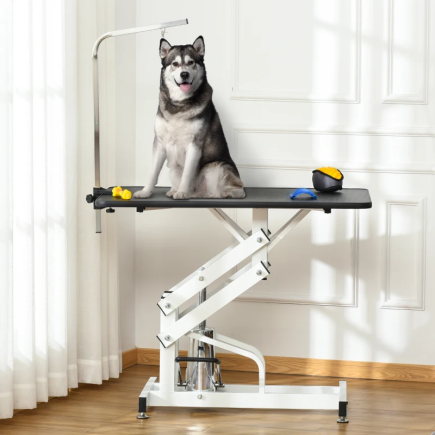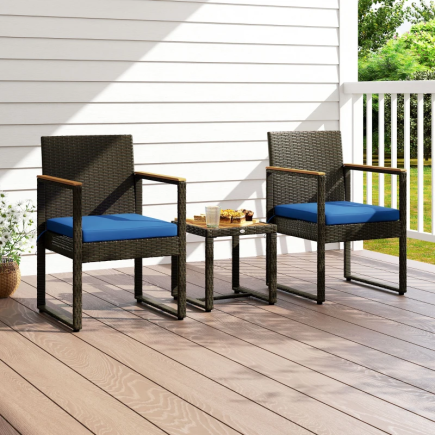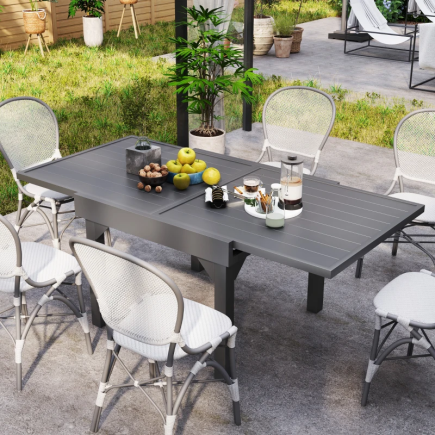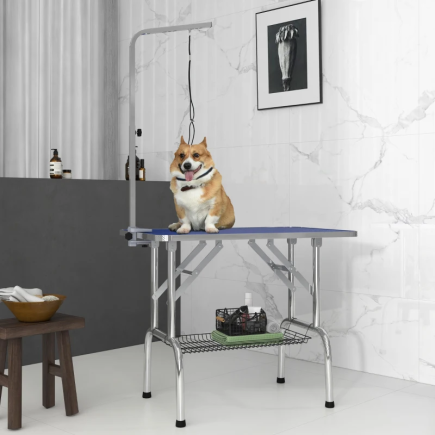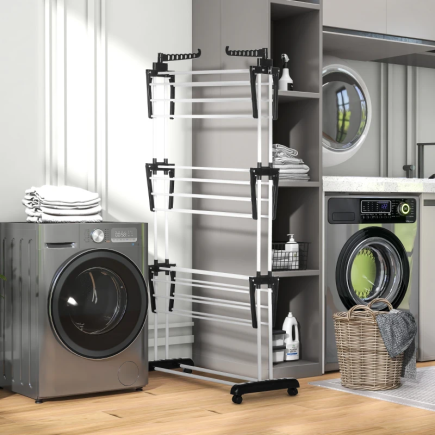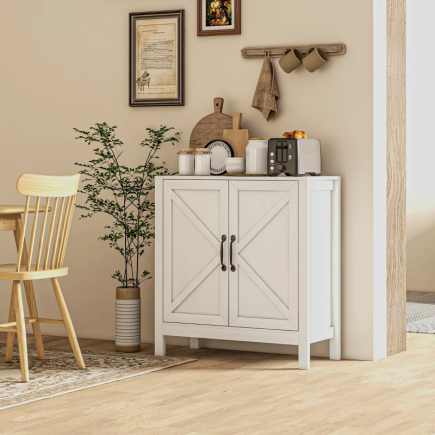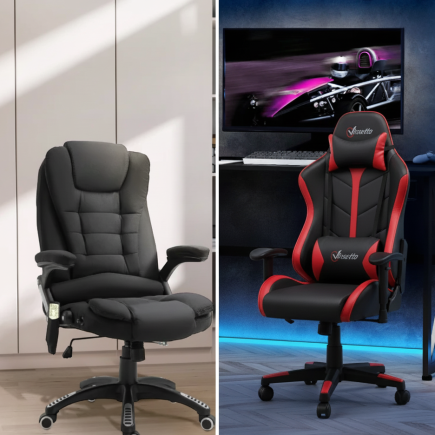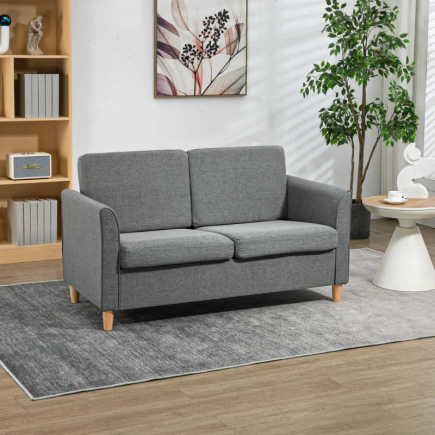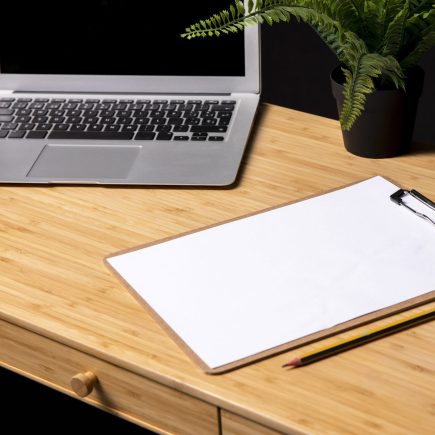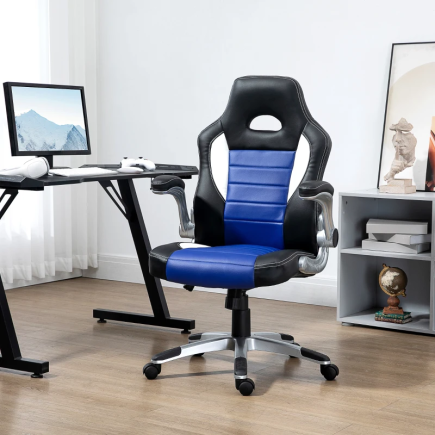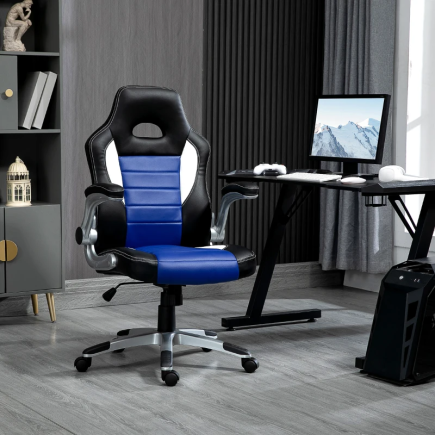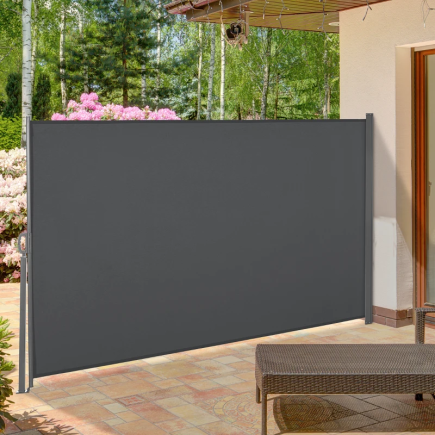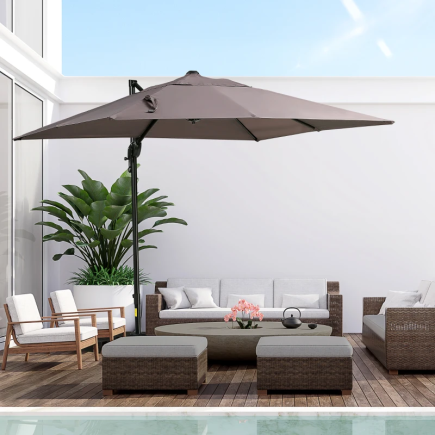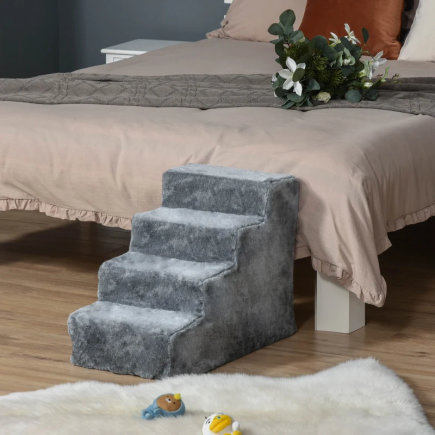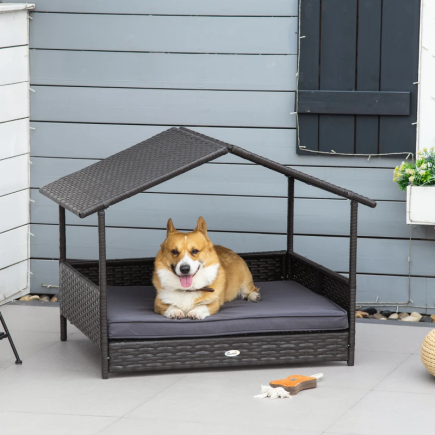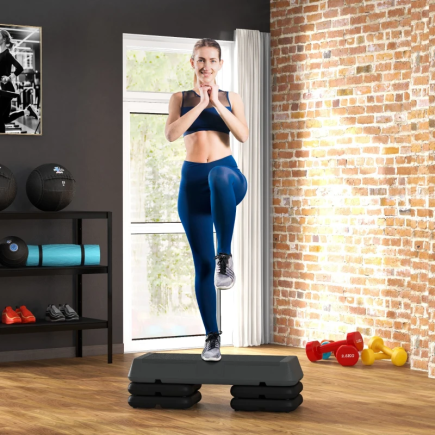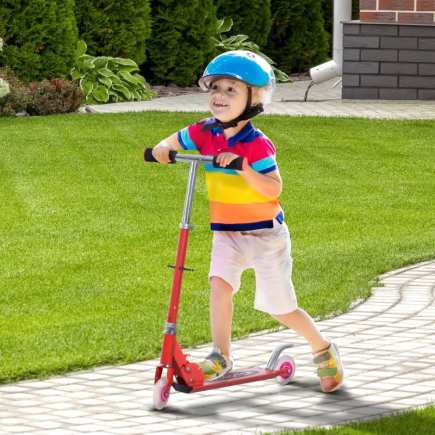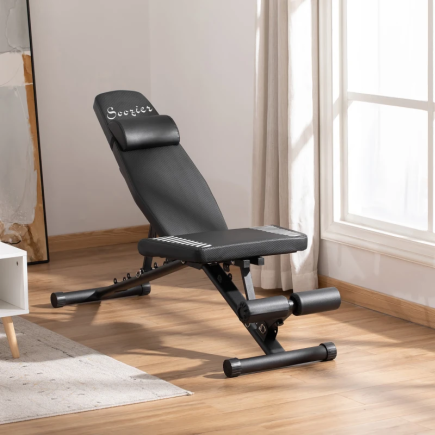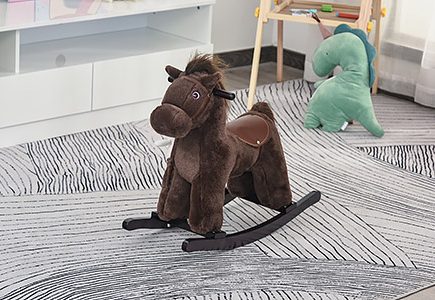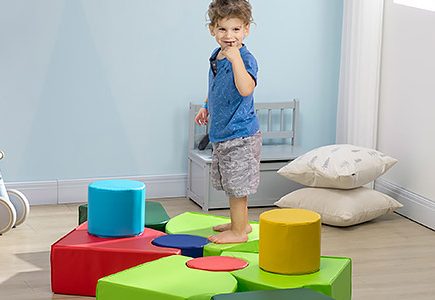
A coffee table is an essential piece of furniture that combines style and functionality. It’s not just a place for drinks or remote controls but a key component in defining the character and vibe of your living room. The right coffee table can elevate the room’s aesthetic, while the wrong one can disrupt the balance of the space.
Choosing the right coffee table requires more than just picking something that looks nice. It’s about finding the perfect balance of size, shape, material, and functionality. This guide will help you make an informed decision when selecting a coffee table that best suits your living room.
1. Measure Your Space for the Perfect Fit

Before choosing a coffee table, measuring your space is the most important step. A coffee table that’s too big or too small can disrupt the flow of your room and make it feel crowded or disproportionate. Here’s how to ensure your coffee table fits perfectly:
- Width: Ideally, the coffee table should be two-thirds the length of your sofa. A table that is too large will dominate the room, while one that is too small will appear out of place.
- Height: The height of your coffee table should be equal to or slightly lower than your sofa’s seat cushions (about 1-2 inches lower). This ensures comfort and a visually balanced space.
- Legroom: Leave 12 to 18 inches between your sofa and the coffee table for easy movement and accessibility.
Pro Tip: Always measure your space before purchasing. Each room is different, and it’s easy to assume that standard dimensions will work.
2. Choose the Right Shape for Your Layout

The shape of your coffee table has a significant impact on how your space feels. The right shape will complement your seating arrangement and enhance the room’s flow. Here are some common shapes and their best uses:
- Rectangular Coffee Tables: These are the most common and versatile. They work well with traditional sofa layouts, providing ample space and a structured feel.
- Round Coffee Tables: Round tables are ideal for smaller rooms or spaces with children, as they eliminate sharp corners and help with traffic flow.
- Square Coffee Tables: Perfect for larger rooms or sectional sofas. Square tables create symmetry and a balanced look.
- Oval Coffee Tables: An oval table provides a balance between rectangular and round tables, combining the practicality of a rectangular table with the smooth flow of a round one. They work well in high-traffic areas.
3. Prioritize Functionality and Storage

A coffee table should serve more than just a decorative purpose. It needs to be functional, especially if you have a busy household. Consider the following features to enhance its utility:
- Storage Coffee Tables: If you’re short on space or need extra storage, look for tables with hidden compartments, such as drawers or shelves, to keep clutter out of sight.
- Lift-Top Coffee Tables: These tables have a top that lifts to a higher level, making them useful for working, eating, or even crafting while seated comfortably on your sofa.
- Nesting Tables: These tables are a great space-saving option, offering smaller tables that can be pulled out when needed or tucked away when not in use.
Pro Tip: For multifunctional spaces, look for coffee tables that combine storage with a functional surface, such as lift-tops or nesting sets.
4. Select the Right Material for Durability and Style
The material of your coffee table affects both its durability and the overall look of your room. Here are some popular materials and their benefits:
- Wood: A classic, durable choice that comes in various finishes, from rustic oak to sleek walnut. Wood coffee tables can easily complement both modern and traditional styles.
- Glass: Glass tables are excellent for making a small room feel more spacious and airy. However, they require frequent cleaning and may not be the best choice in homes with young children.
- Metal: Metal tables, especially those made from stainless steel or brass, offer a modern look. They’re durable and often feature sleek, clean lines.
- Stone: Materials like marble or travertine can add a touch of luxury to any living room. While stunning, these tables can require more maintenance, especially to prevent staining.
- Acrylic: Acrylic offers the look of glass but with more durability and less risk of shattering. It’s a good choice for modern or minimalist décor.
Pro Tip: Think about how the material will look and feel in your space. For example, wood adds warmth, while glass or metal can make the room feel more open.
5. Match Your Coffee Table to Your Room’s Style

The coffee table should complement your existing décor and furniture, blending seamlessly into your space. Here’s how to choose the right table based on different styles:
- Traditional Style: Opt for a wooden coffee table with intricate details. Rich finishes like mahogany or walnut work well in traditional spaces.
- Modern Style: Minimalist designs with clean lines and materials like metal or glass suit contemporary rooms. Choose a simple rectangular or round table to maintain the sleek aesthetic.
- Industrial Style: If you lean toward industrial design, look for coffee tables made from reclaimed wood or metal, which give the room an authentic, raw feel.
- Bohemian Style: For a relaxed and eclectic vibe, choose a coffee table made from natural materials like rattan or wicker. These bring warmth and personality to the room.
Pro Tip: Consider how the coffee table will fit with your overall furniture. For example, a glass table can work beautifully in modern, minimalist settings, while a wood table may complement traditional or rustic decor.
6. Stick to Your Budget
Coffee tables can vary significantly in price. Setting a budget is essential to help narrow your options and find a table that meets your needs without breaking the bank. Here’s a breakdown of typical price ranges:
- Budget ($100 – $300): These tables are often made from MDF or more affordable wood. They may lack extra features like 2 Tier Coffee Table with Storage Shelf but still provide a functional surface.
- Mid-Range ($300 – $600): These tables offer better craftsmanship and often feature solid wood or High-Gloss with Glass Top. They may include storage options like drawers or lift-tops.
Pro Tip: Invest in a coffee table that fits your needs and lifestyle. While you can find affordable options, a higher-quality table may offer better longevity and overall value..
7. Common Mistakes to Avoid
When choosing a coffee table, avoid these common mistakes that can impact the look and function of your living room:
- Choosing the wrong size: A coffee table that is too large or small will throw off the balance of the room. Measure before purchasing!
- Ignoring your sofa’s height: A coffee table should be the same height or slightly lower than the seating. Avoid tables that are too tall or too short.
- Overcrowding the table: It’s tempting to fill the table with décor, but too many items can make it look cluttered. Stick to a few key pieces.
- Choosing form over function: While aesthetics are important, make sure your coffee table is functional. A beautiful table that doesn’t serve its purpose is not a good investment.
8. Where to Buy Your Coffee Table
When it comes to buying your coffee table, there are several options:
Online Retailers: Websites like Aosom offer a vast selection of Coffee Tables, with the advantage of customer reviews to help guide your decision.
Pro Tip: Always check return policies and shipping fees when shopping online to avoid surprises after your purchase.
By following these practical tips, you’ll be able to select a coffee table that suits your space, complements your style, and meets your functional needs. With the right table, your living room will not only look better but also become a more enjoyable place to relax and entertain.
FAQs
1. What if my coffee table is too high or too low?
If your coffee table is too tall, it will look out of place. Aim for a height that’s about 1-2 inches lower than your sofa’s seat cushions. If it’s too low, it may appear disconnected from the rest of your furniture.
2. Can I use a coffee table as a dining surface?
If you don’t have a dining table, a lift-top coffee table is perfect for dining or working comfortably from the couch.
3. What if I have a small living room?
For smaller rooms, opt for a round or oval coffee table. These shapes provide better flow and won’t overcrowd the space.

